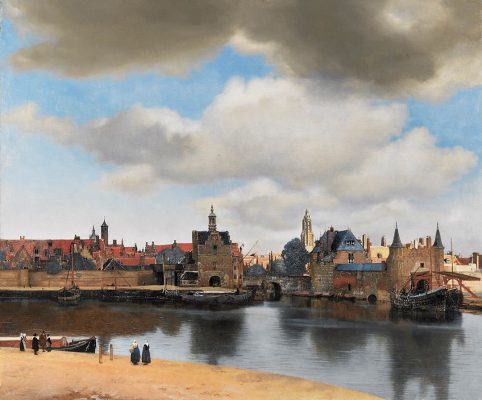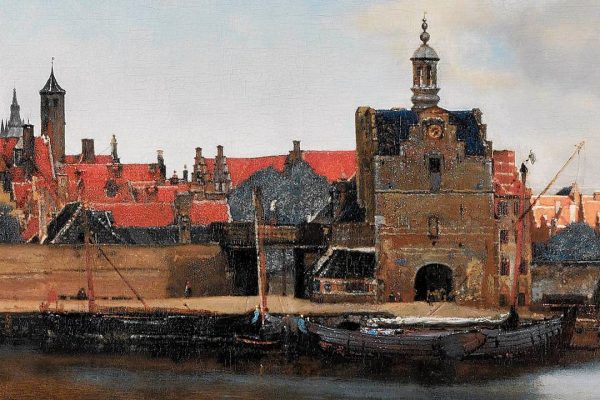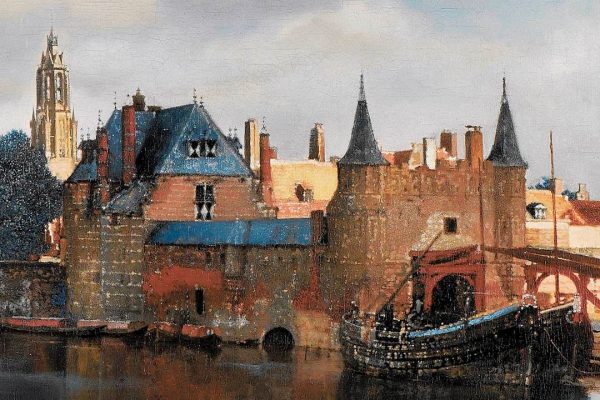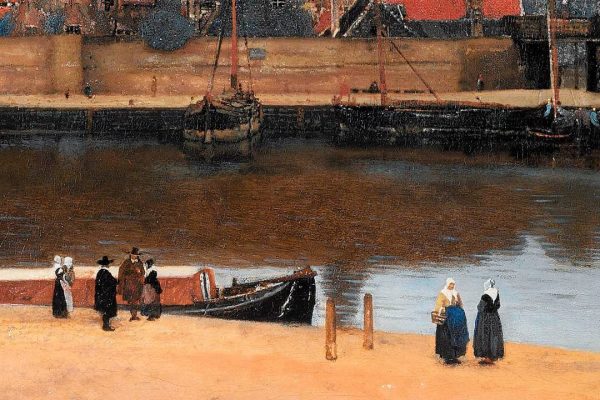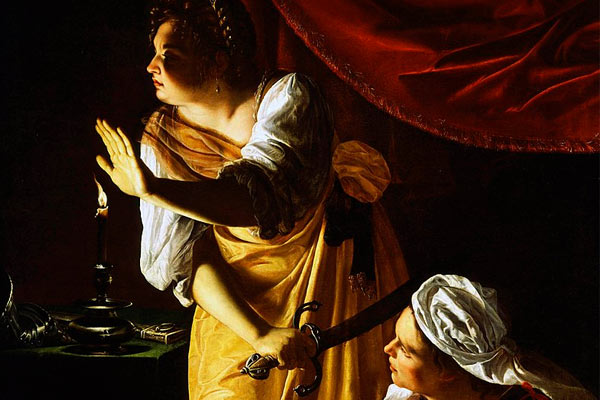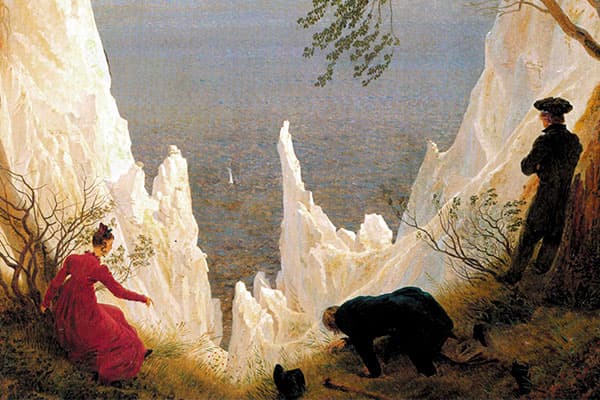Johannes Vermeer · View of Delft
1660 – 1661 – Oil on canvas – Mauritshuis, The Hague
Talking about this painting, some critics said that it is perhaps the first impressionist work in the history of painting. Marcel Proust enthusiasticly said that it was “the most beautiful picture in the world”. Praising aside, the painting is the zenith of 17th century Dutch landscape painting and, therefore, one of the greatest urban landscapes of all time.
The apparently simple composition hides some exceptionally interesting elements: first, it is highly remarkable the clarity, almost purity, with which Vermeer represented the buildings of the city. For this purpose, he probably had to eliminate from the composition several large boats aground at the city’s harbour. This highlights the vision of Delft’s typical architecture, which also constitutes a visual barrier that prevents the vision beyond the distance decided by the painter. This clearly divides the composition into three levels: a superior level -which occupies approximately the 60% of the surface of the canvas- depicting the sky; the middle one corresponding to the architectonic visual wall; and a lower one, in which -next to the water- we can see a small group of figures, painted –contrary to many others landscape painters of the time- by the artist himself. The painting’s incredible precision and realism made many critics suggest that Vermeer used a camera obscura, although this fact has not been confirmed.
Text: G. Fernández, theartwolf.com
Follow us on:

